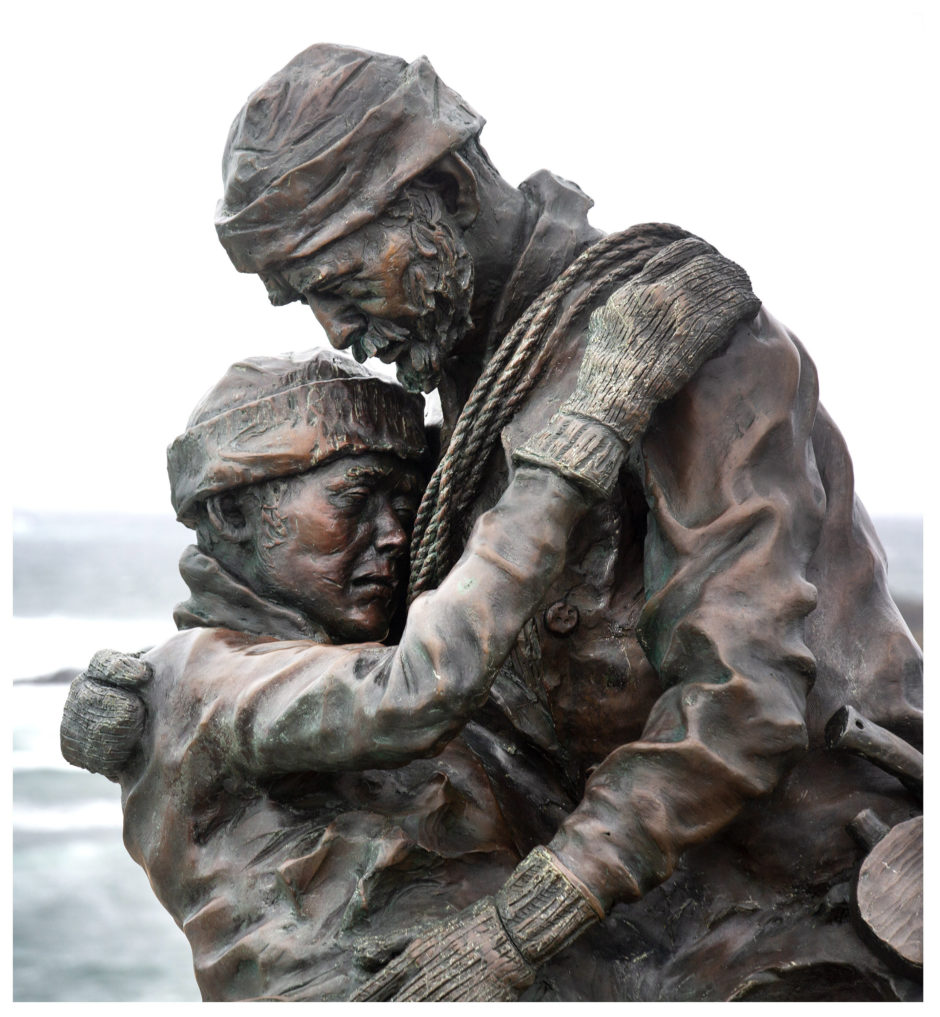May 29, 2021
I recently took a drive down the Bonavista Peninsula. It seemed a good opportunity to stop, finally, and see the Sealers Memorial in Elliston.
The wall of stone with the names of the victims and survivors of the two sealing disasters of 1914 and the statue of father and son, Reuben and Albert John Crewe, present an awful, powerful image of the human toll of sealing.
During the return drive, I continued to mull the juxtaposition of sealing, the fishery and life in Newfoundland and Labrador. The title of Cassie Brown’s book Death on the Ice was uppermost on my mind.
The struggle of trying to survive in this beautiful, harsh climate has always been present. As I travel and work across the province, I see lives that have been affected by the loss of the fishery, the loss of a way of life.
My first job as a photojournalist in Canada was on the ice floes in March 1999. I was newly married to a Newfoundlander and I was awaiting my permanent resident status.
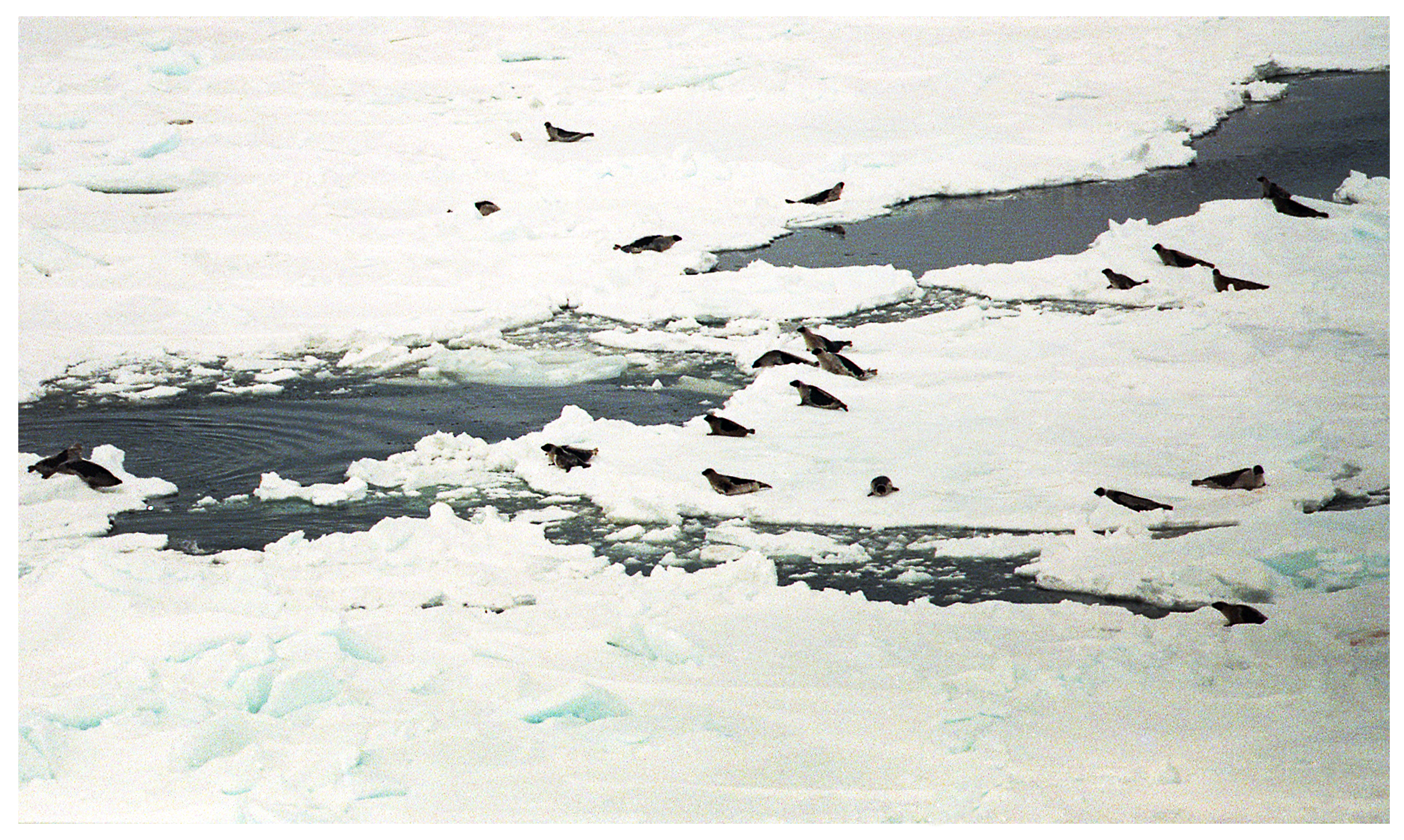
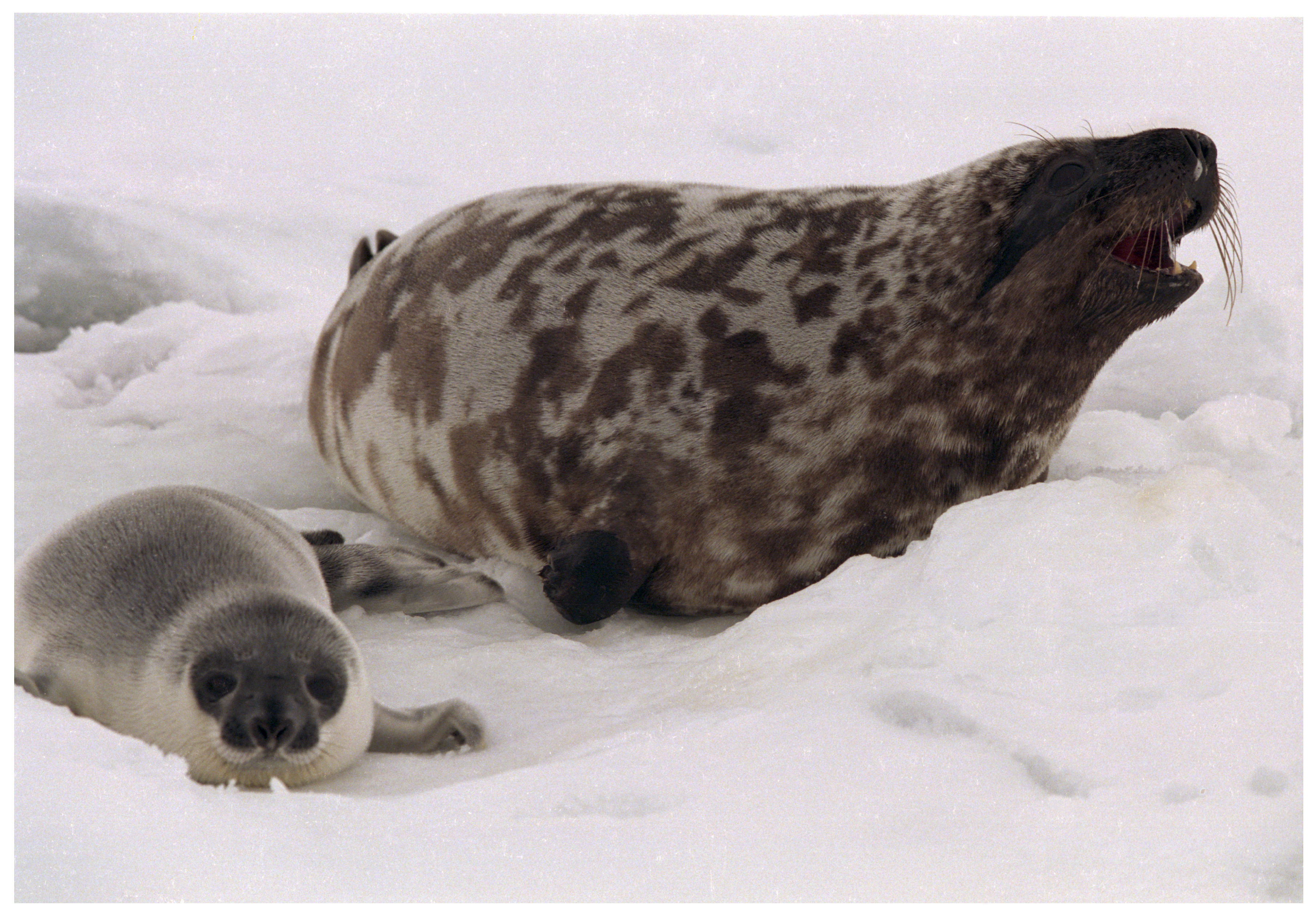
I jumped at the opportunity to go on a media junket arranged that then provincial fisheries minister John Efford arranged. The news agency Photocall Ireland, my former employer, was interested in the pictures. Like most Europeans, I only had been exposed to one view of the seal hunt, and I knew it wasn’t pretty. On that day, there was a large group of journalists on the press tour. We flew from St. John’s to St. Anthony and then went by helicopter in small groups from the airport out to the front.
During the long day of waiting, I listened to many arguments and stories. It was my first introduction to Ray Guy. He was writing for Canadian Geographic. He was interesting, informative, and entertaining.
I didn’t really know what to expect, but as we flew over the ice field, I was surprised when I looked down to see what looked like a large white tablecloth liberally sprinkled with black pepper.
When we landed I was able to photograph the seals. Some were huge! I had no idea they could get so big; I had only ever seen the pictures of whitecoats, or "baby seals," as protesters call them.
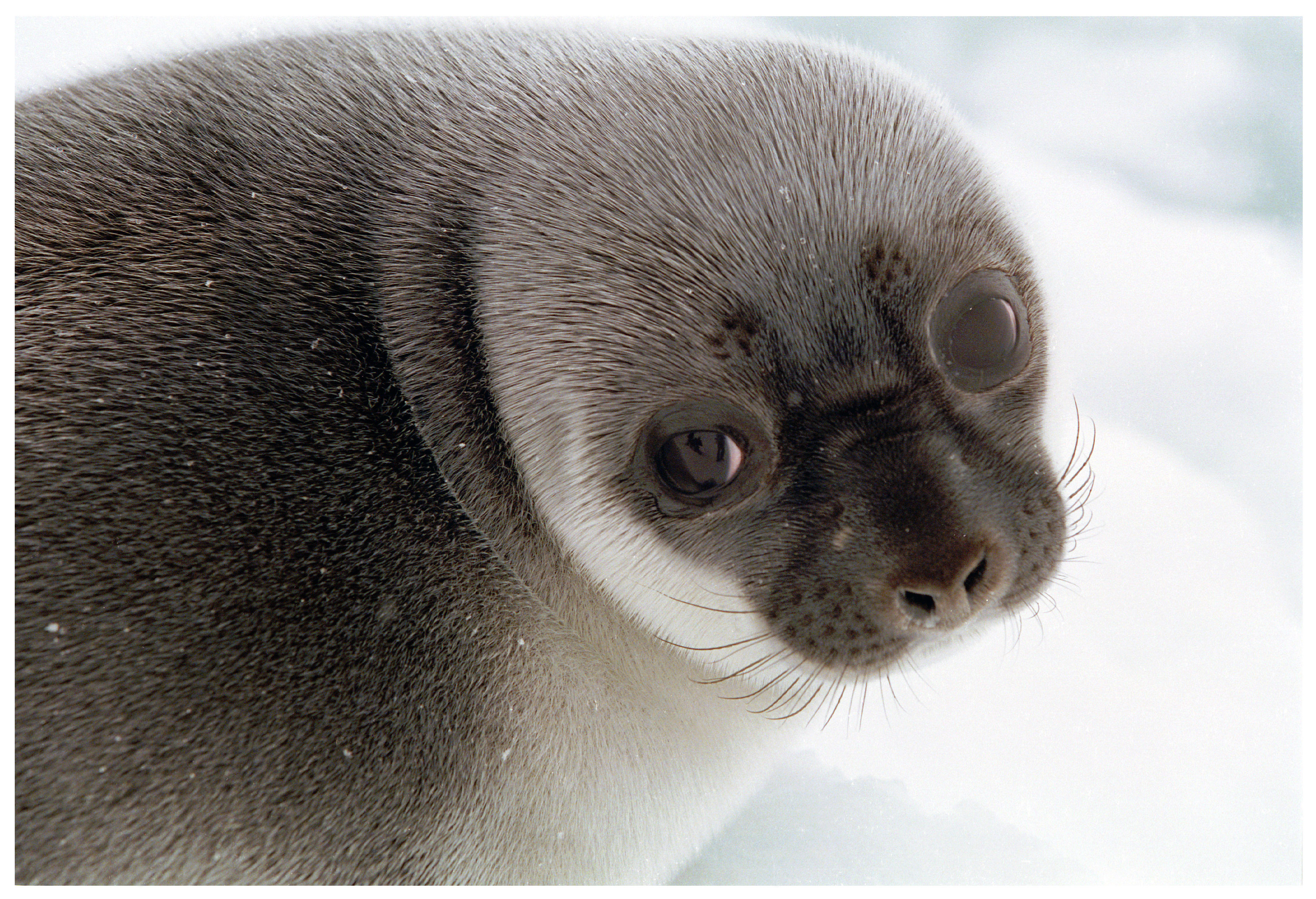
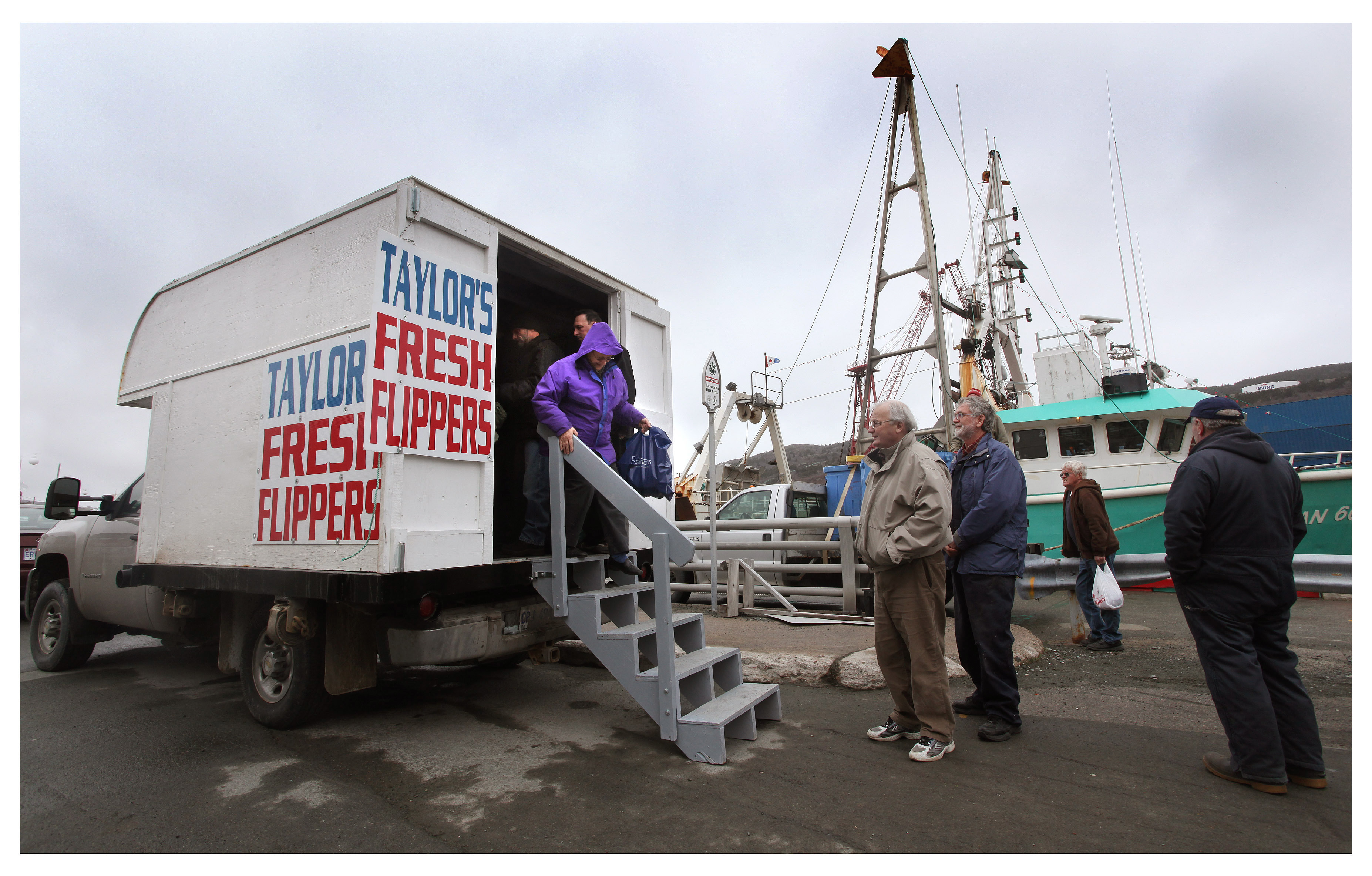
Before we headed back to St. John’s, Efford held a news conference. His focus for the tour had been to illustrate the need to continue with the hunt to reduce the number of seals and therefore allow the cod fishery to rebound.
The cod moratorium of 1992 had done little to revitalize the fishery thus far. Journalists pushed Efford on the need for the hunt, and at one point he became agitated and shouted, “They are hardly eating Kentucky Fried Chicken!” I don’t know if he changed anybody else’s point of view that day, but I certainly became more educated.
I quickly realized that seals and sealing was a very complicated issue. The passion that sealers have for representing the hunt as one of necessity, and the passion that animal rights groups have in presenting the cruelty of the hunt, does not allow for reasonable debate.
The animal right groups have the advantage with the visual images created. It is when you look beyond the act, and speak with the sealers, that another image is formed.
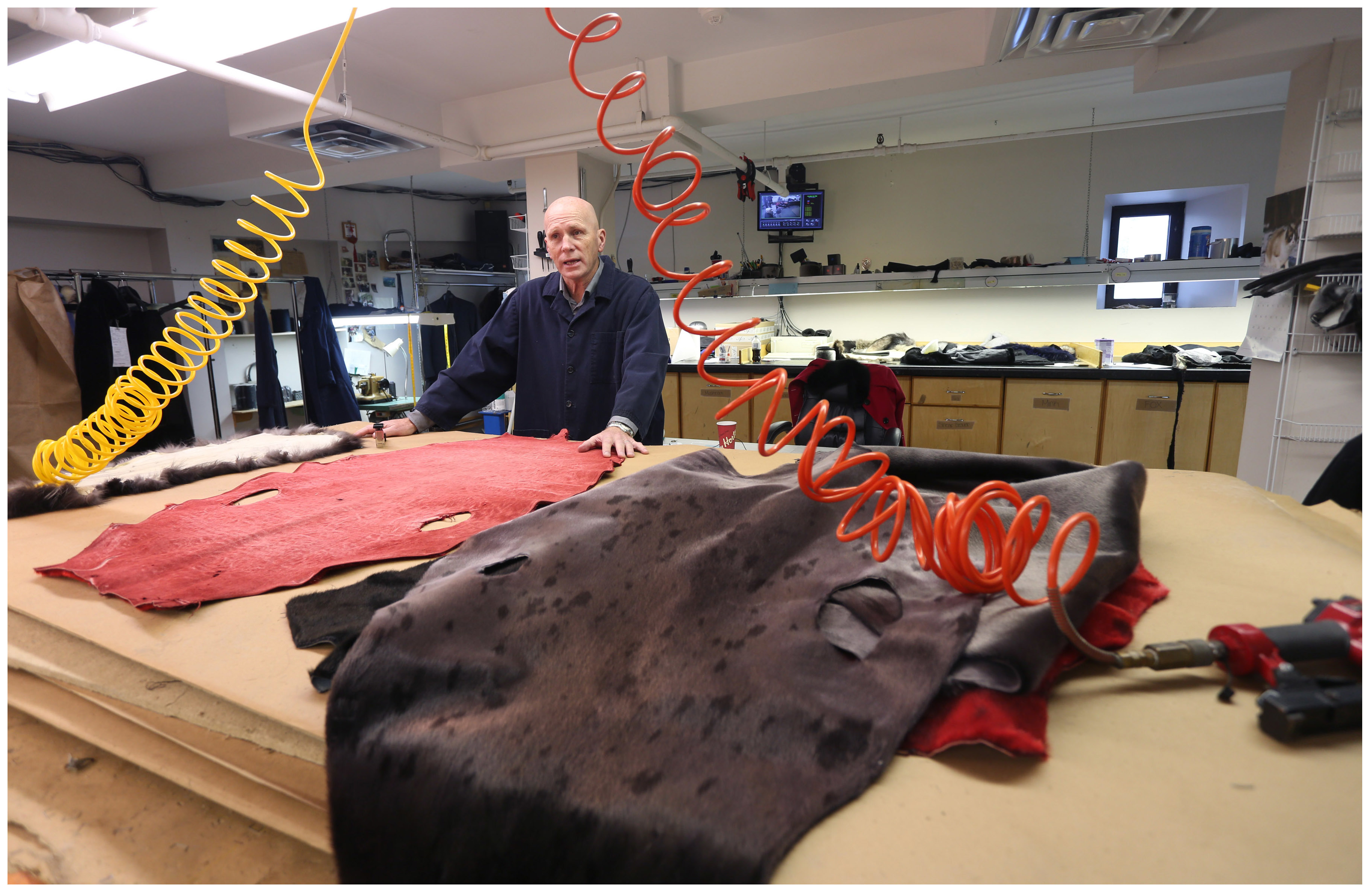
I have covered a multitude of news stories around this province, and so many times I see the impact faced in rural Newfoundland by the loss of the fishery.
One gentleman in particular that I have encountered numerous times over the past two decades is Jack Troake of Twillingate. He is a man who has lived the fishing life.
He said he reaped the benefits of good seasons, sought ways to develop markets, and experienced the devastation of the loss of his own son in a sealing accident.
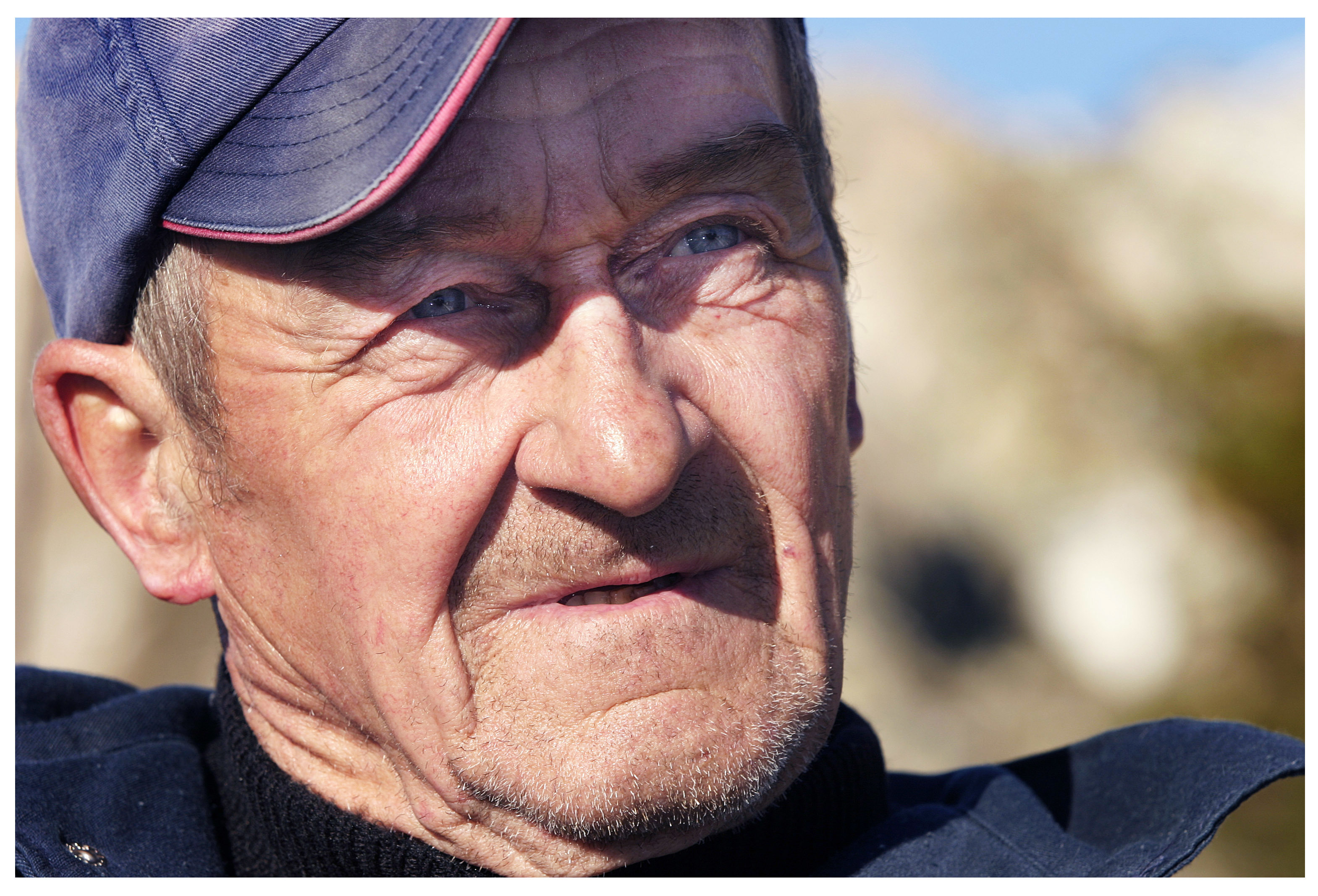
These are real people, and real stories.
Seals continue to multiply because of the multinational ban on seal products. Within the province, there has been a market for seal skin clothing and merchandise, but seal meat is still not widely eaten.
The underutilization of the meat is a point that animal welfare activists have long argued. It has now been almost 30 years since the cod moratorium, and the cod stocks still have not returned. Although scientists say that seals do not eat cod, others say that the abundance of seals impact the ecosystem.
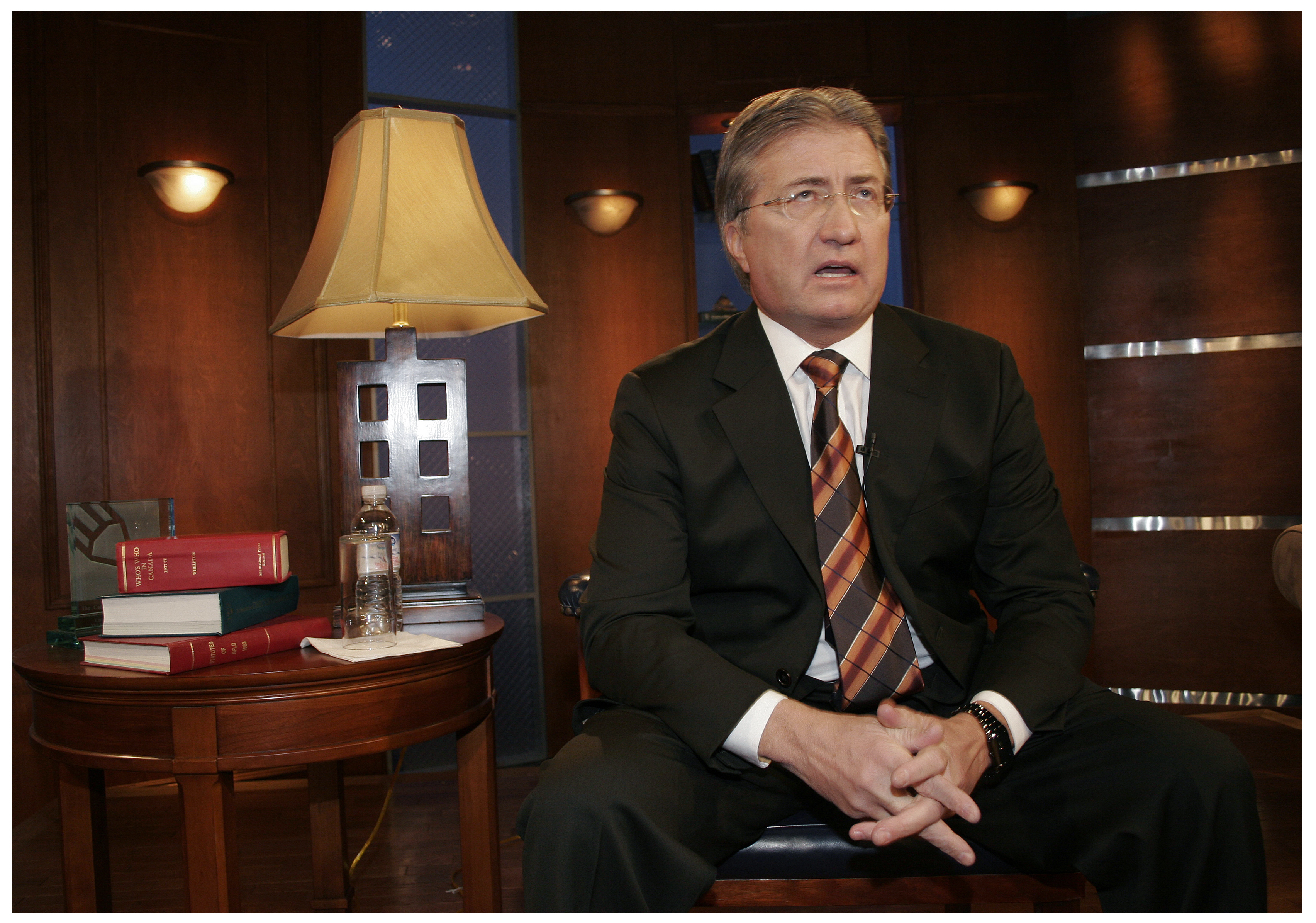
Even during his interview with Paul McCartney on Larry King Live in March 2006, then premier Danny Williams made the point that seals had multiplied to such an extent that they were searching for food in freshwater rivers. Eventually they will be unable to sustain the population, there will be more death on the ice, and animals dying of malnutrition is not be a pleasant thought.
I keep thinking there must be a way to come to a compromise.
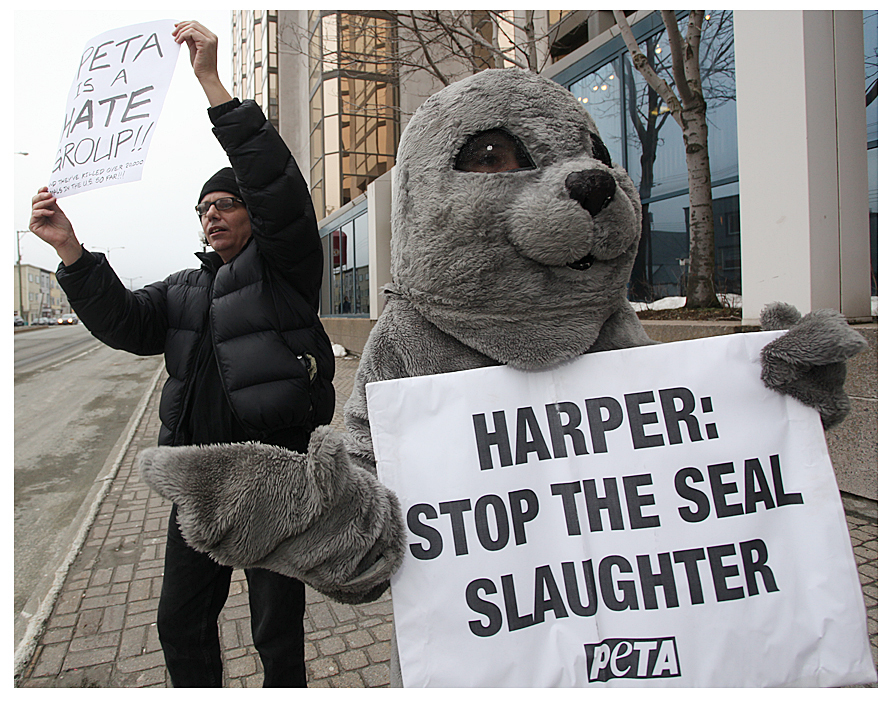
From the archives: The Sealers Memorial opens
In June 2014, the Sealers Memorial in Elliston, N.L., was formally unveiled, featuring a moving sculpture by Morgan MacDonald. Click the player below to see Lindsay Bird's report from that day.
